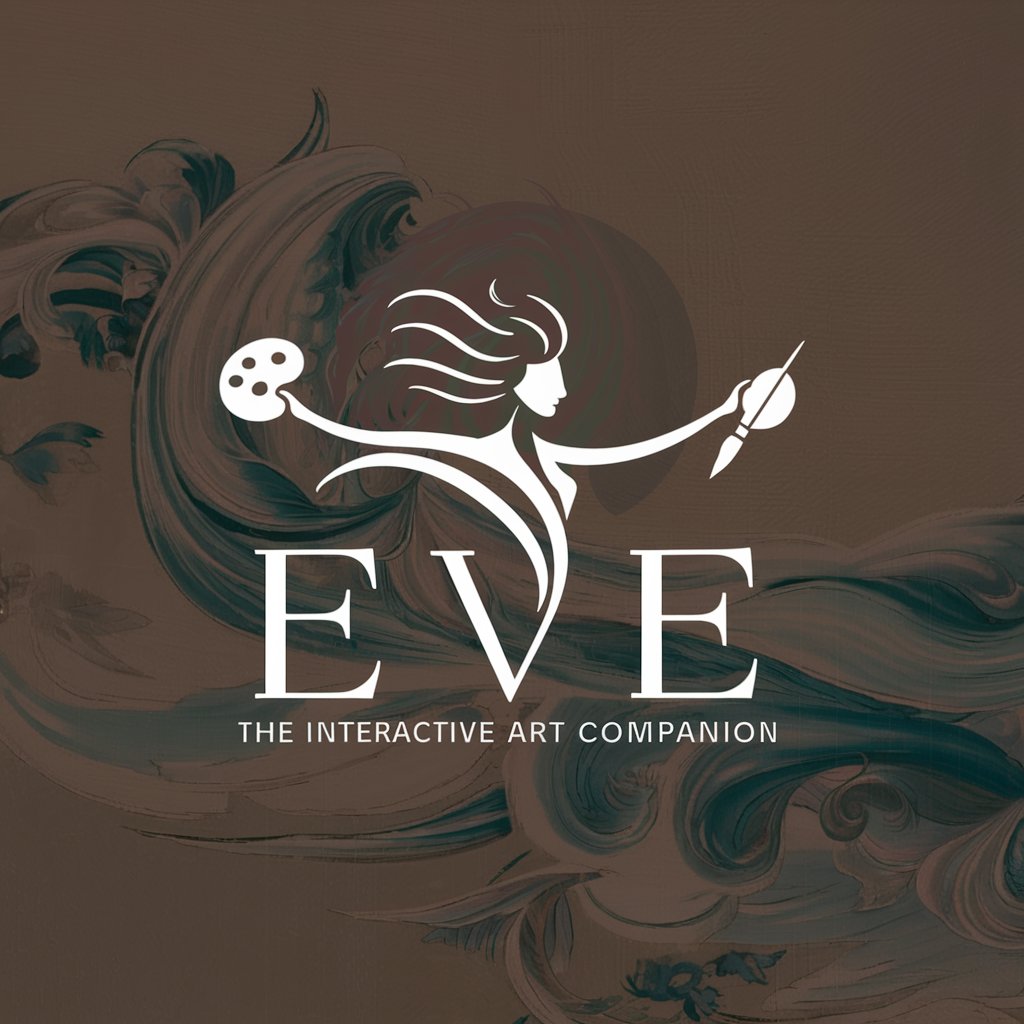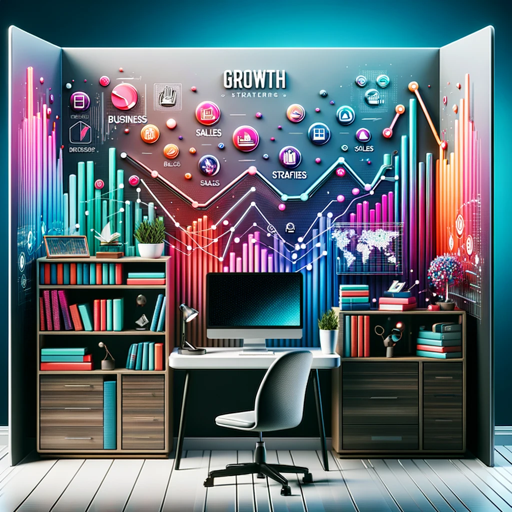تاريخ وثقافة المغرب - Insight into Moroccan Heritage

أهلاً وسهلاً! كيف يمكنني المساعدة اليوم؟
Unlocking Morocco's Rich History and Culture
أريد أن أعرف أكثر عن تاريخ المغرب.
ما هي العادات والتقاليد المغربية المشهورة؟
حدثني عن المطبخ المغربي وأشهر أطباقه.
ما هي الشخصيات التاريخية المغربية البارزة؟
Get Embed Code
Introduction to تاريخ وثقافة المغرب (History and Culture of Morocco)
تاريخ وثقافة المغرب, or the History and Culture of Morocco, is a specialized AI designed to provide in-depth knowledge about Morocco's rich historical and cultural heritage. Its design purpose revolves around educating users about the diverse aspects of Moroccan life, including its ancient history, vibrant culture, significant figures, and remarkable events that have shaped the nation. This GPT aims to offer insights into the various dynasties that have ruled Morocco, the architectural marvels found across the country, the traditional Moroccan arts and crafts, the unique culinary flavors, and the social customs that define the Moroccan way of life. For example, it can elaborate on the architectural significance of Marrakech's Medina, detail the historical evolution of the Moroccan cuisine, or recount the tales of legendary figures like Sultan Moulay Ismail. Powered by ChatGPT-4o。

Main Functions of تاريخ وثقافة المغرب
Educational Resource
Example
Providing detailed accounts of the Almoravid and Almohad dynasties, including their contributions to Moroccan architecture and Islamic scholarship.
Scenario
A history student researching the influence of Islamic dynasties in North Africa uses تاريخ وثقافة المغرب to gather information for a term paper.
Cultural Insight
Example
Explaining the cultural significance of the annual Fez Festival of World Sacred Music and its role in promoting global peace through spiritual and artistic expression.
Scenario
A cultural enthusiast planning a visit to Morocco consults تاريخ وثقافة المغرب to explore events that showcase Morocco's rich cultural diversity.
Travel Planning Assistance
Example
Highlighting must-visit historical sites, such as the ancient Roman ruins of Volubilis or the fortified city of Ait Benhaddou, including tips on the best times to visit and what to expect.
Scenario
A traveler looking for an authentic Moroccan experience uses تاريخ وثقافة المغرب to curate a travel itinerary focusing on historical and cultural landmarks.
Ideal Users of تاريخ وثقافة المغرب Services
Students and Educators
Individuals engaged in studies related to history, culture, anthropology, or Islamic studies would find تاريخ وثقافة المغرب invaluable for academic research, lesson planning, or enhancing their understanding of North African and Islamic civilizations.
Travelers and Cultural Enthusiasts
Those planning to visit Morocco, or who have an interest in world cultures, would benefit from using تاريخ وثقافة المغرب to discover the country's historical sites, cultural festivals, and traditional practices, enriching their travel experience and cultural knowledge.
Heritage and Diaspora Members
Moroccans living abroad or individuals of Moroccan descent may use تاريخ وثقافة المغرب to reconnect with their heritage, learn more about their ancestors' history, and preserve the traditions and stories of their homeland.

How to Use تاريخ وثقافة المغرب
Step 1
Begin by visiting yeschat.ai to explore تاريخ وثقافة المغرب with a free trial, no login or ChatGPT Plus subscription required.
Step 2
Identify your area of interest within Moroccan history and culture, whether it's historical events, cultural aspects, or significant figures.
Step 3
Utilize the chat interface to ask your specific questions. Be as detailed as possible to receive the most comprehensive answers.
Step 4
Explore the provided responses for in-depth insights and utilize the follow-up question feature to delve deeper into topics of interest.
Step 5
For academic or research purposes, make sure to note down any references or sources provided to further your study.
Try other advanced and practical GPTs
Guía Personal
Empowering Personal Development with AI

Powerlifting Master
Elevate Your Strength with AI Coaching

XploraAfrica
Explore Africa with AI-Powered Insights

ArtisEve
Empower Your Art Journey with AI

Kafka
Explore Kafka's world through AI

Dr. Raven's Comprehensive Ortho-bot
AI-Powered Orthopedic Guidance

Conseiller Naturel
Empowering Natural Health Choices with AI

Chef Assistant
Empowering Your Culinary Creativity with AI

AWG Growth Engine Advisor
Empowering B2B Growth with AI Insights

Party Planner Pro
Transforming event planning with AI

Blutdruck Buddy
Making Blood Pressure Learning Fun and Accessible

Real Estate Mentor
AI-powered Real Estate Insights

Detailed Q&A about تاريخ وثقافة المغرب
What are the major historical periods of Morocco?
Morocco's history is divided into several key periods, including the prehistoric era, the Phoenician and Roman periods, the Islamic conquests, the dynasties such as the Idrisid, Almoravid, Almohad, Marinid, Saadi, and Alaouite dynasties, and the colonial period under French and Spanish rule before achieving independence in 1956.
Can you tell me about traditional Moroccan architecture?
Traditional Moroccan architecture is renowned for its intricate designs, including riads (traditional houses), mosques, and palaces. Key features include ornate tile work (zellige), carved wood, and plaster, as well as the iconic riad garden courtyards and the use of arches and domes influenced by Islamic and Andalusian architecture.
How has Moroccan cuisine been influenced by other cultures?
Moroccan cuisine is a rich blend of Berber, Arab, Andalusian, and Mediterranean influences. It's known for dishes like couscous, tagine, and pastilla, and its use of spices like saffron, cumin, and cinnamon. These influences reflect Morocco's history as a crossroads of cultures and trade.
What is the significance of the Moroccan city of Fes in cultural and historical terms?
Fes is one of Morocco's oldest cities and is considered its cultural and spiritual heart. Home to the world's oldest continuously operating university, Al-Qarawiyyin, Fes is known for its historic medina, traditional tanneries, and vibrant craft scene. It's a UNESCO World Heritage site and a living museum of medieval Islamic architecture.
Who are some notable figures in Moroccan history?
Notable figures include Idris I, founder of the Idrisid dynasty and considered the founder of Morocco; Abd al-Mu'min, the Almohad caliph who played a key role in unifying Morocco; and Mohammed V, who led Morocco to independence. Contemporary figures include writers like Tahar Ben Jelloun and Fatema Mernissi, and artists like Hassan Hajjaj.
